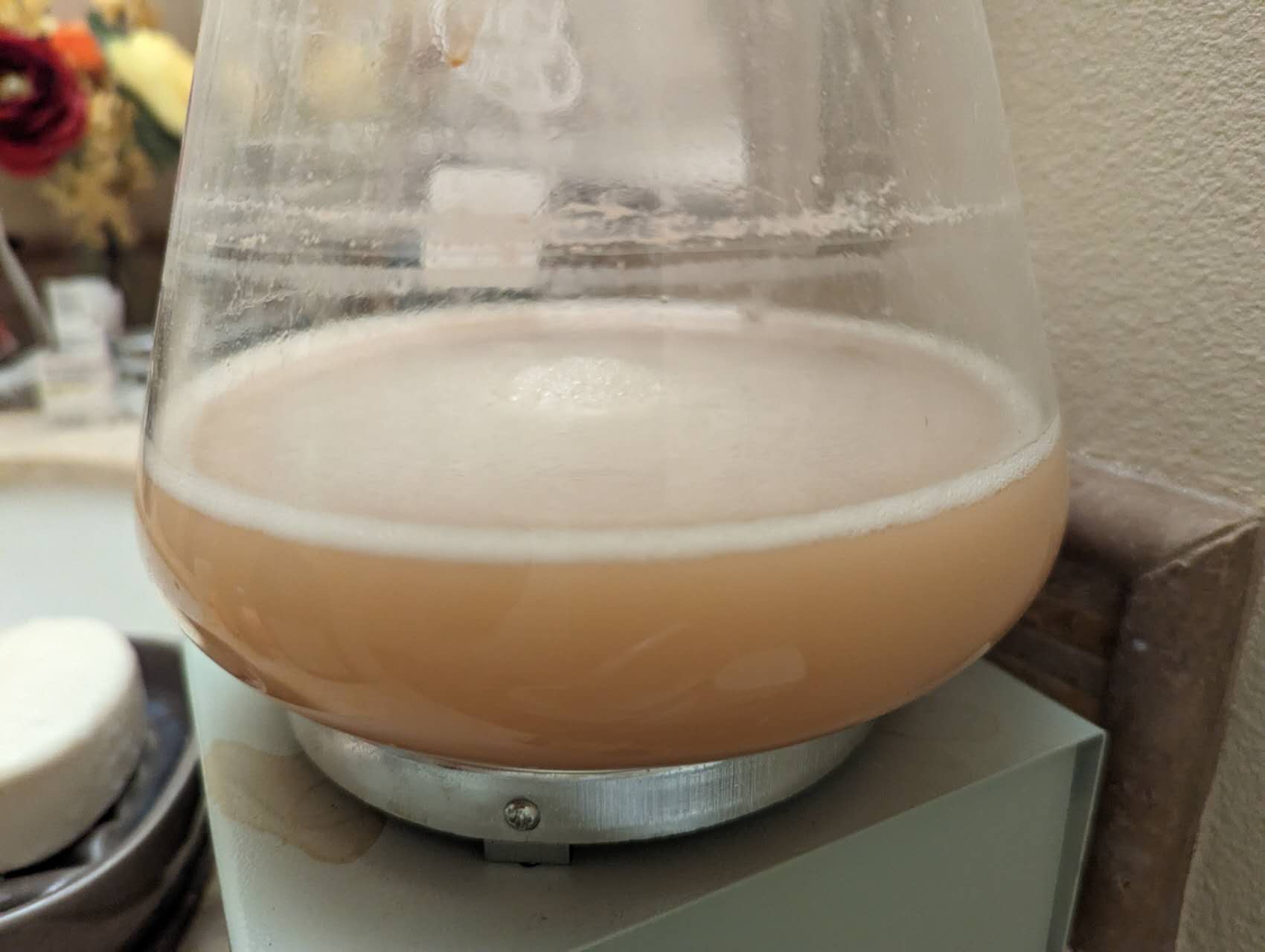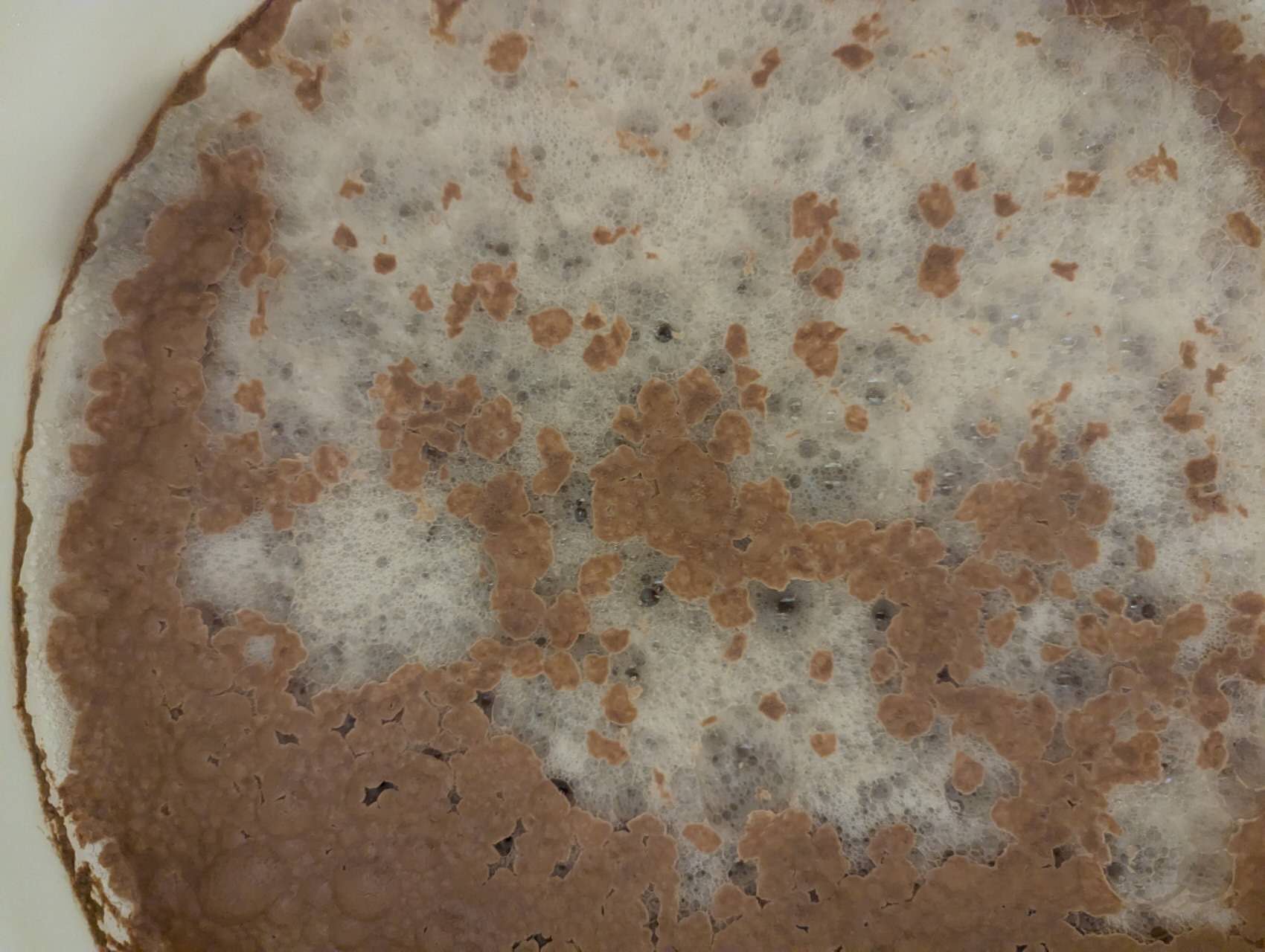I think I'll be trying 100% First Gold in the next one. See what happens.
One reason I tend to brew a small number of recipes (10-ish total) again and again is so that I can tweak the recipe each time and learn the ingredients. Looks like ESB #8 will be no different in that regard!
Thank you everyone for the input!
One reason I tend to brew a small number of recipes (10-ish total) again and again is so that I can tweak the recipe each time and learn the ingredients. Looks like ESB #8 will be no different in that regard!
Thank you everyone for the input!
































![Craft A Brew - Safale S-04 Dry Yeast - Fermentis - English Ale Dry Yeast - For English and American Ales and Hard Apple Ciders - Ingredients for Home Brewing - Beer Making Supplies - [1 Pack]](https://m.media-amazon.com/images/I/41fVGNh6JfL._SL500_.jpg)



























